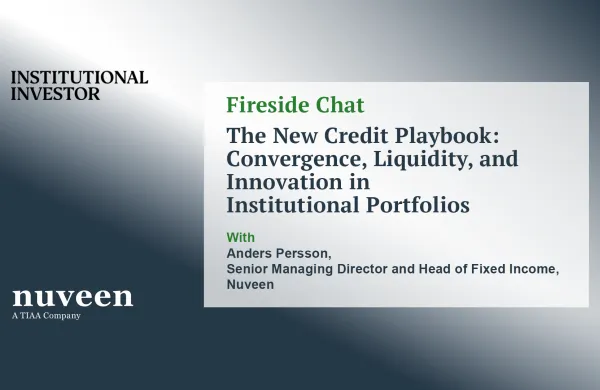Investors who think their portfolios are diversified had better think again: Correlations among hedge fund strategies are at levels not seen since the financial crisis, according to new research compiled for Institutional Investor by research and hedge fund data firm PivotalPath.
That means event-driven, global macro, long/short equity, and other strategies are moving in tandem and will provide little diversification in the end, according to the firm.
“Regardless of whether you’re in tech, health care, any sector, any commodity, any set of risks you might take in the U.S., Asia — they are all correlated,” said Jon Caplis, CEO PivotalPath, in an interview.
PivotalPath analyzed 170 global risk factors — such as interest rates, commodities, and currencies — and compared the correlations of each against each other. The firm found that hedge fund strategies are moving in lockstep.
Event-driven, for example, is at its highest correlation level ever, when compared with the research firm’s composite index. The index includes 1,150 funds with about $2 trillion in combined assets.
Global macro, which is often negatively correlated with the diversified composite, is at 0.86; multi-strategy funds are at 0.92, compared with a normal range between 0.6 and 0.8.
In August 2019, the average pairwise correlation was at the third-highest level since February of 1998, as far back as the data goes. The correlation is just below the last peak during the financial crisis, according to the PivotalPath research.
Last month, the figures were even more dramatic: The average pairwise correlation hit a record high going back to 1998 and topped even the most recent peak hit during the financial crisis.
“Even at the height of the global financial crisis, when everyone said all correlations went to 1 — well not exactly,” said Caplis. “The correlation average was not nearly as high and didn’t spike as much as it has recently.”
The upshot: There are few, if any, places for investors to hide.
“Normally differentiated strategies may be loading up on the same risks, even if their approach remains unique,” according to the research. “Diversification is harder to come by, and even the best security selection may not yield the expected results.”
Why? Blame the Fed, PivotalPath says.
The difficulty in finding an uncorrelated strategy or investment is the result of global central banks’ loose monetary policies, which are pushing rates back to zero, the firm contends. In some cases, central banks have driven rates below zero, asking investors to essentially pay for the privilege of investing in some bonds.
The end result is that investors are forced to take on more risk in search of yields, according to the report.
“This creates a less discriminating evaluation of risky assets by investors,” the report stated. “These environments foster increased volatility and [make it] quite difficult for hedge fund managers to differentiate themselves in security selection.”
[II Deep Dive: Novus Sees Market Shifts Favoring Hedge Funds]
From the asset manager’s perspective, Caplis said it’s a difficult time to outperform because of a lack of dispersion. No matter what winning securities a manager selects, they’ll act like everything else.
“You can’t make mistakes if you want to outperform or differentiate yourself in any way,” said Caplis.







